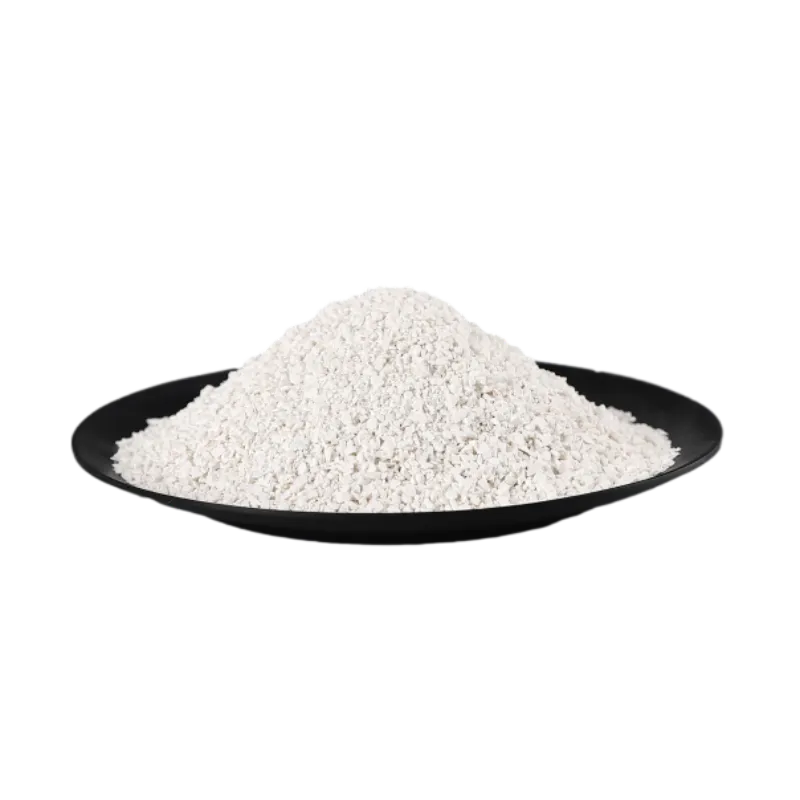
Dec . 05, 2024 16:45 Back to list
Understanding Granular Loss in Shingles and Its Impact on Roofing Performance
Granular Loss on Shingles Understanding the Implications and Solutions
Shingles, also known as roofing shingles, are a popular material used in residential and commercial roofing due to their durability, aesthetic appeal, and cost-effectiveness. However, they are not infallible. One of the significant issues that homeowners and contractors encounter is granular loss, which can have serious implications for the roof's performance and longevity. This article delves into the causes, effects, and potential solutions related to granular loss on shingles.
What is Granular Loss?
Granular loss refers to the deterioration or shedding of the tiny granules that coat the surface of asphalt shingles. These granules serve multiple purposes they protect the underlying materials from UV radiation, provide a layer of insulation, and offer aesthetic value by contributing to the shingles' color and texture. When these granules start to degrade or come loose, the shingle's effectiveness diminishes significantly, leading to various problems.
Causes of Granular Loss
Several factors can contribute to granular loss on shingles
1. Weather Conditions Extreme weather events, such as heavy rain, hail, and strong winds, can cause the granules to dislodge. Hail, in particular, can be particularly damaging; the impact can chip away the granules, exposing the asphalt layer underneath.
2. Age of the Roof As roofs age, the materials naturally wear down. Over time, even a well-constructed roof may experience granule loss as the shingles deteriorate.
3. Improper Installation If shingles are not installed correctly, they may not adhere properly to the roof surface. Poor installation can lead to increased vulnerability to wind and other elements, accelerating granule loss.
4. Environmental Factors Nearby trees, debris, and pollutants can also affect shingles. For instance, tree branches may scrape against the roof, while the accumulation of leaf litter can trap moisture and promote microbial growth that damages the shingles.
5. Manufacturing Defects Occasionally, manufacturing defects can result in subpar granule adhesion or other issues that lead to premature granule loss.
Effects of Granular Loss
The consequences of granular loss can be substantial
granular loss on shingles

1. Increased Vulnerability Without the protective granules, the shingles are exposed to harmful UV rays, which can cause the underlying asphalt to deteriorate more rapidly.
2. Reduced Aesthetic Appeal A roof with significant granule loss may appear uneven or discolored, detracting from the overall look of the home.
3. Leaking and Water Damage As the underlying material deteriorates, the likelihood of leaks increases. Water infiltration can lead to mold growth, wood rot, and extensive damage to the roof structure and interior of the home.
4. Decreased Lifespan of the Roof Ultimately, granular loss can shorten the life expectancy of a roof, necessitating repairs or even a complete roof replacement sooner than anticipated.
Solutions to Granular Loss
Addressing granular loss involves multiple strategies
1. Regular Inspections Homeowners should conduct regular roof inspections, especially after severe weather. Early detection of granular loss can facilitate timely repairs and prevent further issues.
2. Roof Maintenance Keeping the roof clean and free of debris is essential. Clearing leaf litter and other materials can prevent moisture buildup and reduce the likelihood of microbial growth.
3. Professional Help If granular loss is detected, consulting a roofing professional is crucial. They can assess the extent of the damage and recommend appropriate repairs, whether that involves patching, sealant applications, or full replacement.
4. Quality Materials When replacing shingles, investing in high-quality materials with a warranty can reduce the likelihood of future granular loss.
5. Proper Installation Using experienced contractors who follow best practices during installation can mitigate issues related to granular loss.
In conclusion, while granular loss on shingles is a common issue that can arise from various factors, understanding its causes and effects allows homeowners to take proactive measures. Regular maintenance, timely repairs, and professional consultation can go a long way in preserving the integrity and longevity of a roof. As with any aspect of home care, staying informed and vigilant is key to ensuring your roof remains a reliable shelter for years to come.
-
Durable Tiles Made of Clay for Modern Cladding Solutions
NewsJul.22,2025
-
Stone Coated Roman Tile Metal Roofing - Durable & Elegant
NewsJul.22,2025
-
Premium Roofing Granules for Sale - High Durability & Cost-Saving
NewsJul.21,2025
-
Durable Laminated Shingles for Weather-Resistant Roofing
NewsJul.21,2025
-
Rubber Roofing Shingles - Durable & Weatherproof SBS Rubber Asphalt Shingles for Homes & Businesses
NewsJul.08,2025
-
Crest Double Roman Roof Tiles – Durable, Stylish Roofing Solution at Competitive Prices
NewsJul.08,2025







